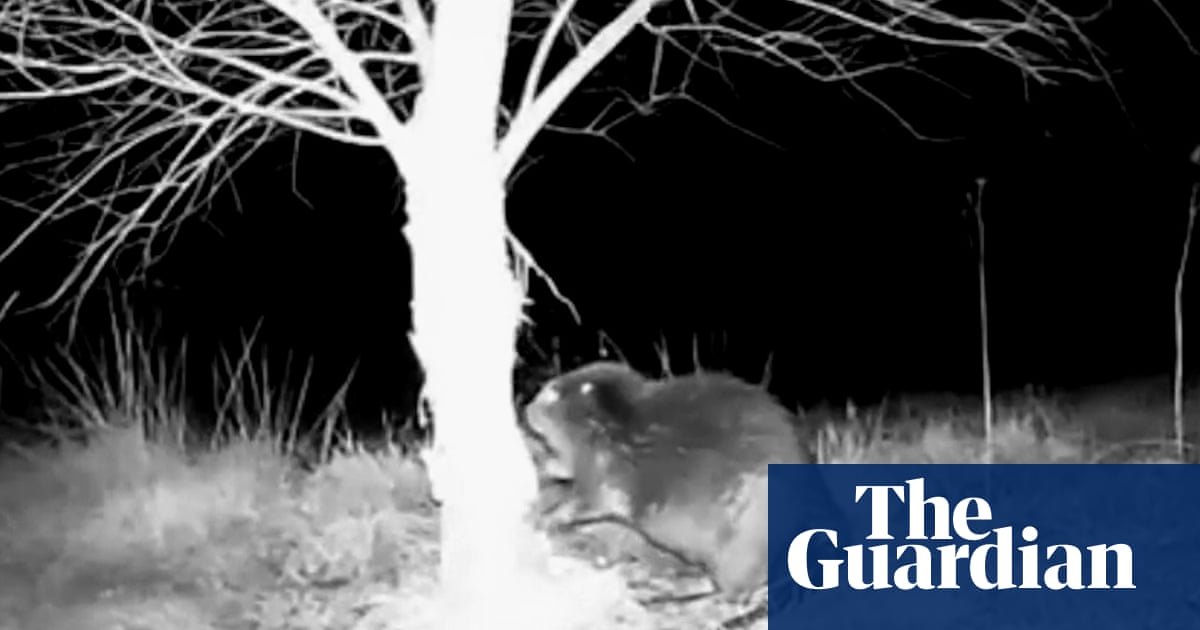
ABU DHABI — The Environment Agency — Abu Dhabi (EAD) announced that the first wild-born Addax calf (Addax nasomaculatus) was born recently in Chad.
Within two days of the birth of the first calf, another was born. Both calves belong to a group of 15 Addax initially translocated from Abu Dhabi in November 2019 and released into the wild in Chad in January as part of EAD efforts to protect biodiversity locally and internationally.
Sheikh Hamdan Bin Zayed Al Nahyan, ruler"s representative in Al Dhafra Region and chairman of the EAD, said, "This achievement confirms to me the insightful vision of the late Sheikh Zayed Bin Sultan Al Nahyan in preserving wildlife.
“Thanks to his wisdom and foresight, reintroduction programs of many species have been implemented, and following his inspirational approach, EAD has set up a species reintroduction program by establishing a "World Herd" at the Delaika Wildlife Conservation Centre."
Sheikh Hamdan added, "Our breeding and reintroduction programs have helped to bring the Arabian Oryx (Oryx leucoryx) back from the brink of extinction, and our success stories include translocations of Arabian Oryx to Jordan and Oman.
“In addition, our "World Herd" of Scimitar-horned Oryx (Oryx dammah), a species once extinct in the wild, is thriving once again in the desert regions of Chad."
Dr. Shaikha Salem Al Dhaheri, secretary-general of EAD, commented, "According to an estimate, there are fewer than 100 Addax left in the wild in fragmented populations across their former range, and not much is known about them.
“Hence this newborn calf is a major milestone and gives renewed hope to a species that desperately needs immediate conservation."
The Addax is an arid-land antelope that is very well adapted to living in the harsh deserts of the Sahara and rarely needs water to survive.
Unfortunately, the Addax’s impressive spiraling horns, meat and hide have become a target for poachers. It has been exacerbated by ubiquitous four-wheel-drives and pressures from oil extraction activities.
The Addax reintroduced to their native habitat in Chad’s Ouadi Rimé-Ouadi Achim Game Reserve are acting as a pilot group and are providing the project team with information about their movements, behavior and ecological requirements as they adapt to their new free-roaming life. They are constantly monitored by satellite tracking collars and monitored daily by the local field team.
The EAD translocated another group of 25 Addax along with another 25 Scimitar-horned Oryx at the beginning of March, which are in the acclimation pens at the base camp in the reserve. They will be released into the wild after the rains arrive and the environmental conditions are optimal.
Partnerships with Ministry of Environment, government of Chad, the Sahara Conservation Fund, the Smithsonian Conservation Biology Institute and the Zoological Society of London’s Fossil Rim Wildlife Centre, Marwell Wildlife, Royal Zoological Society of Scotland, the European Union, and the Saint Louis Zoo WildCare Institute have been key to the success of this ambitious program. — WAM












